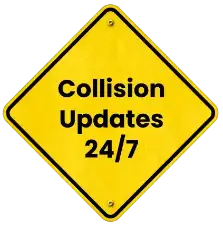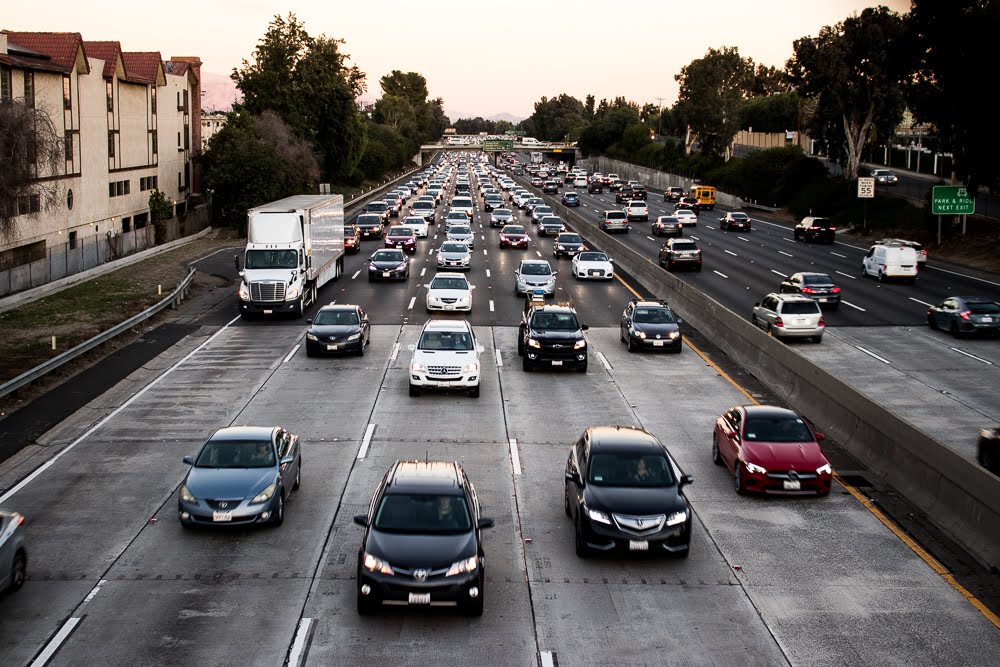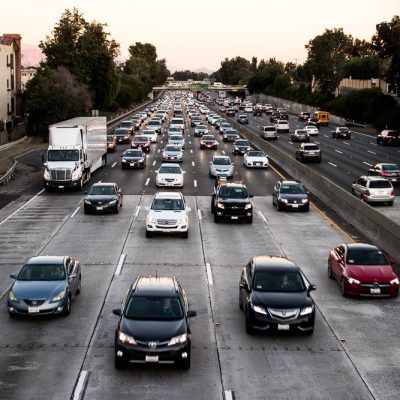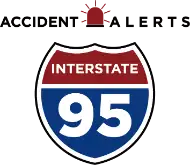
Traffic Congestion & Rush Hour Accidents on I‑95


Stretching more than 1,900 miles from Miami, Florida, to Houlton, Maine, Interstate 95 is one of the busiest highways in the United States. It carries thousands of drivers every day, serving as both a critical commuter route and a major freight corridor. With its importance comes heavy congestion, especially during weekday rush hours, summer tourist travel, and holiday weekends.
While congestion is often viewed as just an inconvenience, it carries serious safety risks. Stop-and-go traffic, impatient drivers, and overburdened trucks create conditions where crashes are more likely. Understanding how congestion contributes to accidents on I-95 can help drivers and agencies develop strategies to stay safer on this critical roadway.
The Scope of I-95 Traffic Congestion
I-95 runs through some of the most densely populated regions in the nation, including Miami, Washington D.C., Philadelphia, New York City, and Boston. These metropolitan areas consistently rank among the worst for traffic delays. During peak hours, commuters face gridlock that stretches for miles, while trucks moving goods up and down the East Coast struggle to keep schedules.
Traffic congestion is especially severe at interchanges and bottlenecks. The New Jersey Turnpike, the George Washington Bridge, and the Capital Beltway around D.C. are notorious for slowdowns. Seasonal surges also worsen conditions.
Summer travel to beaches and holiday weekends routinely cause long backups that push tempers and test patience. The sheer number of vehicles using I-95 means that even minor disruptions can cause chain-reaction delays.
How Congestion Leads to Accidents
Congestion does not just waste time; it directly increases crash risks. Several factors combine to make peak-hour traffic particularly dangerous.
Stop-and-go conditions create sudden braking that often leads to rear-end collisions. Even attentive drivers can struggle to react in time when traffic ahead comes to an abrupt halt.
Sudden lane changes are another major factor. Drivers frustrated by slow movement often weave between lanes in search of a faster path, raising the risk of sideswipes and merging accidents.
Driver frustration and aggression are common during heavy traffic. Tailgating, road rage, and sudden bursts of speeding when traffic briefly clears can all cause collisions.
Distracted driving compounds the danger. In stop-and-go traffic, motorists may be tempted to glance at their phones, adjust navigation apps, or multitask. A moment of distraction can easily lead to a crash in tightly packed traffic.
Finally, commercial trucks pose added challenges. With limited maneuverability and longer stopping distances, large trucks are particularly vulnerable in congested traffic. When crashes involve tractor-trailers, the consequences are often more severe.
Accident Trends on I-95
Accident statistics consistently highlight I-95 as one of the most crash-prone highways in America. Congested segments, especially in the Mid-Atlantic and Northeast, see high numbers of rear-end collisions, sideswipes, and multi-vehicle pileups.
For example, the Philadelphia region often records spikes in crashes during morning and evening rush hours, while Northern Virginia’s portion of I-95 experiences frequent backups that lead to secondary accidents. Even minor fender-benders can trigger large delays, causing further collisions as drivers approach traffic queues at high speeds.
Congestion tends to increase the frequency of minor crashes but also raises the likelihood of major incidents when multiple vehicles are involved. These chain-reaction accidents are particularly dangerous in construction zones or near bottlenecks where escape routes are limited.
The Broader Impacts of Congestion-Related Crashes
Crashes that occur in congested traffic don’t just affect those directly involved. They create ripple effects that impact everyone.
Secondary collisions are common. A minor rear-end crash can quickly turn into a multi-vehicle pileup as approaching drivers fail to slow in time.
Emergency response delays are another concern. Gridlocked lanes make it difficult for ambulances, fire trucks, and police vehicles to reach the scene quickly.
There are also significant economic costs. Traffic accidents delay freight movement, increase fuel consumption, and drive up insurance claims. For commuters, even a short crash can add hours to travel time, affecting productivity and quality of life.
Finally, safety concerns extend to roadside responders. Police officers, tow truck drivers, and maintenance crews face high risks while working along congested shoulders with limited space.
Reducing Congestion-Related Accidents on I-95
While congestion may be unavoidable on I-95, both drivers and transportation agencies can take meaningful steps to lower crash risks. By focusing on safe driving habits and smarter traffic management, the chances of collisions can be reduced even during peak travel times.
For drivers, preparation and discipline are key. Planning ahead and leaving extra time can help prevent the urge to rush when traffic builds. Maintaining a safe following distance, even in slow-moving lanes, gives space for sudden stops.
Staying alert and avoiding distractions such as texting or adjusting navigation while driving is essential. Equally important, avoiding weaving between lanes keeps traffic flow steady and reduces the likelihood of crashes.
Agencies also play a central role in improving safety. Expanding traffic management systems allows officials to monitor roadway conditions and alert drivers of delays in advance. Ramp metering and variable speed limits can regulate merging traffic and keep speeds more consistent.
Whenever possible, scheduling construction during off-peak hours minimizes disruptions. Longer-term investments in public transit and alternative routes can ease the overall burden on I-95 and reduce congestion-related hazards.
Some regions have already demonstrated progress. Variable speed limits in congested corridors, paired with strong enforcement, have smoothed traffic flow and reduced sudden braking.
Public awareness campaigns targeting distracted driving have also shown promise, encouraging safer behaviors and contributing to a decline in crash numbers. Together, these approaches highlight how a combined effort from drivers and agencies can make I-95 safer, even when congestion cannot be fully eliminated.
Contact an Experienced I-95 Accident Attorney
If you or someone you love has been injured in a crash on I-95, you may be entitled to compensation for your medical expenses, lost wages, and pain and suffering. Therefore, reach out to a seasoned I-95 car accident lawyer to receive the proper guidance you need.
Our dedicated legal team understands the challenges of congestion-related accidents and is here to protect your rights.
